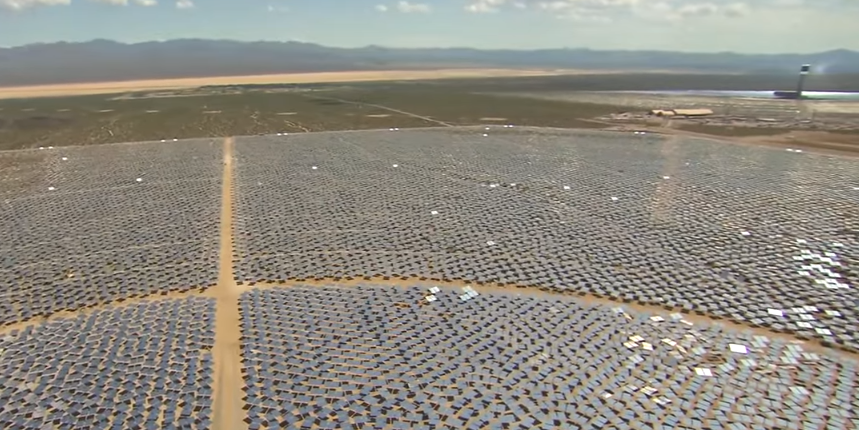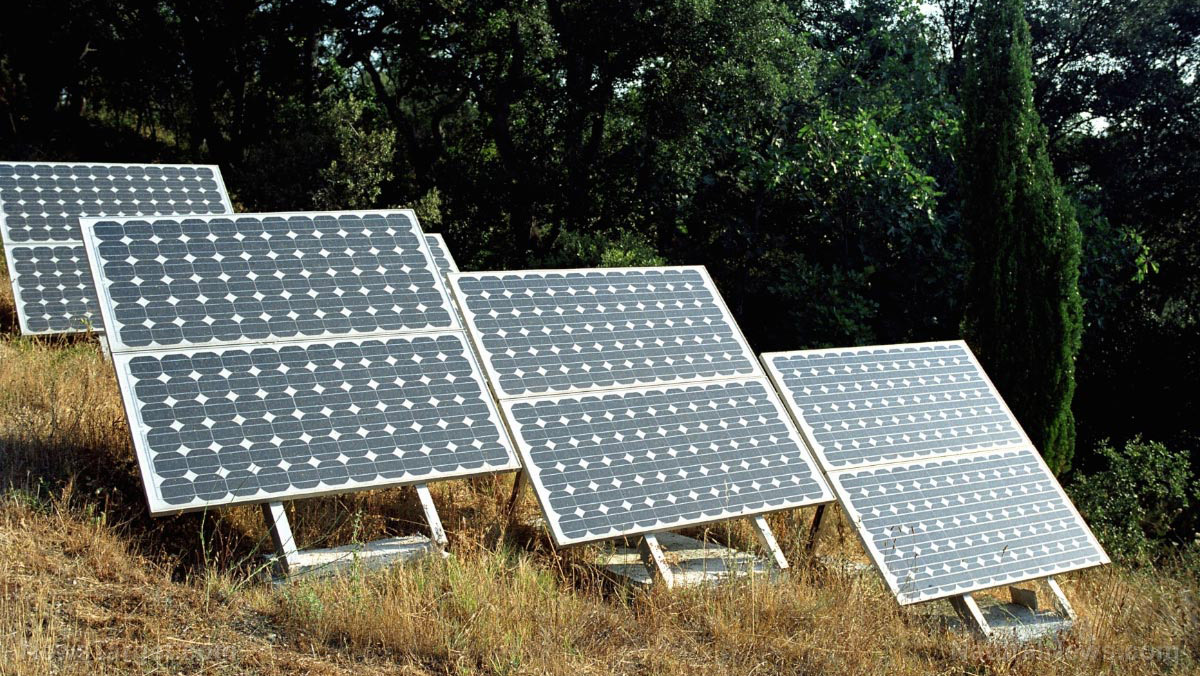New, low-cost battery technology could drive boom in household solar energy
04/15/2021 / By Franz Walker

A new “plug and play” energy storage system could help meet the boom in demand for safe, renewable and secure solar energy storage in American homes.
Engineers at Gridtential Energy, Inc. and Electric Applications Incorporated (EAI), with support from the Consortium for Battery Innovation (CBI), developed the Silicon Joule, new batteries using an innovative bipolar battery design. The new battery technology uses silicon wafers – similar to those in solar cells – in traditional lead batteries to reduce weight while achieving performance that’s competitive with lithium-ion at a lower cost.
Silicon Joule’s technology could help accelerate the move to more environmentally friendly, self-sustainable power in homes across America, especially in the face of recent disasters that have highlighted the fragility of the country’s power grids.
New battery tech promises safe, low-cost BTM storage
One of the most critical pieces for people to move out of the grid and into their own, self-sustaining renewable power systems is behind-the-meter (BTM) energy storage. Last March, Wood Mackenzie predicted that there would be 230 megawatts (MW) of BTM storage installed in 2020, an over 100 percent increase compared to 2019.
The need for BTM storage is driving the push for safe, high-performing batteries in easy-to-connect packages for the residential renewable energy market. It’s this need that Gridtential and EAI are hoping to address with Silicon Joule.
“Integrated PV-battery backup system is a fantastic application for Silicon Joule technology due to its superior cycle life, low cost, safety, and recyclability,” stated Gridtential chief executive John Barton. “All of which are of utmost importance to residential consumers and small business owners and set this technology apart from other batteries.”
“This exciting partnership will delve into the performance of bipolar lead battery packs using sizing commonly seen in residential energy storage systems,” added Matt Raiford, Technical Manager of CBI.
Gridtential and EAI’s collaboration will involve constructing mini-systems using the Silicon Joule bipolar batteries for testing. As part of this, EAI is developing an optimized charge scheme that will replicate the behavior of real-life energy storage systems. (Related: The solar energy industry is exploding with new technologies, including “solar paint.”)
Current BTM storage is expensive
The desire to use more renewable sources of energy and the need for independence from an increasingly unreliable power grid has created a boom in solar power storage in the U.S. But the current cost of the technology has placed limits on who can make use of them.
Tesla’s Powerwall, one of the most popular battery options, costs $7,000 on its own. Adding in supporting hardware costs can drive that price up to over $8,000.
But even at that price, the Powerwall may not be able to supply enough power to some larger homes to allow homeowners to live as if they were connected to the power grid. This has forced some, more affluent homeowners towards more expensive options, such as Tesla’s much larger Powerpack.
One such owner is Oracle executive Wim Coekaerts, who paid roughly $300,000 for a Tesla Powerpack system for his three-bedroom home in San Mateo County, California. Coekaerts, who’s home isn’t connected to the local Pacific Gas & Electric (PG&E) grid, said he chose the expensive Powerpack – traditionally sold to businesses and utilities – because he “didn’t want to have a lifestyle where I’m just getting by.”
“This is a normal house with normal energy consumption,” he told Bloomberg. “And I can charge my car if needed.”
With the Silicon Joule and other similar advanced battery technologies, the hope is that more people can live independently of their local power grid without “just getting by.”
Follow NewEnergyReport.com for more on solar power and BTM storage solutions for those looking to go off-grid.
Sources include:
Tagged Under: battery, battery technology, breakthrough, energy, future science, future tech, green energy, innovation, inventions, off grid, power, solar energy, solar power, sustainable energy, sustainable living
RECENT NEWS & ARTICLES
SolarTechReview.com is a fact-based public education website published by Solar Tech Review Features, LLC.
All content copyright © 2018 by Solar Tech Review Features, LLC.
Contact Us with Tips or Corrections
All trademarks, registered trademarks and servicemarks mentioned on this site are the property of their respective owners.




















